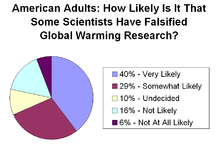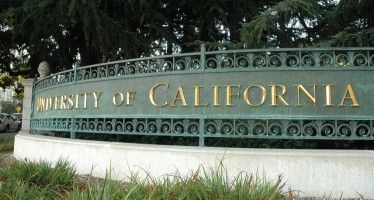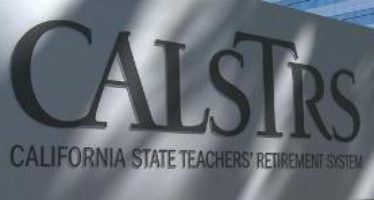Cap and trade, or tax and raid?
Aug. 28, 2012
Katy Grimes: An auction tax is one of the proposed methods for allocating permits to California businesses and public agencies which are subject to the AB 32 cap and trade program under preparation by the California Air Resources Board.
AB 32 states that by the year 2020, the level of emissions of greenhouse gases in California must be reduced to the emissions levels in 1990.
CARB plans to hold auctions between cap and trade participants to determine the price of the permits for “pollution credits.” Businesses will have to purchase permits equal to every ton of greenhouse gas emissions they generate.
In practice, these auction costs on businesses and agencies will function much like a direct tax, because in order to operate, they will be required to purchase these permits.
The first of these auctions will take place in only two days, on Aug. 30. However, this is just a dry run auction, with no money actually exchanging hands. The participants in the cap and trade auction are by invitation only.
Conditioning the media
The CARB held a webinar this morning for credentialed media “to familiarize them with the mechanics and purpose of the cap-and-trade practice auction.”
It was a fancy sounding process to familiarize journalists with internal CARB processes and procedures.
However, the more likely intent of the webinar was for CARB bureaucrats to appear as if they were being totally transparent as they embark on the first cap and trade carbon emissions auction… as if no one in the media will really notice that CARB is about to impose hefty taxes and 69 new regulations on California businesses, just for existing.
And CARB is going to do this through a new corporation, Western Climate Initiative, Inc., which incorporated in Delaware to undoubtedly avoid scrutiny under California’s open meeting laws.
Many energy experts say that cap and trade is an unacceptable method of reducing emissions. “CARB has never answered the fundamental question of why their economic analysis is so out of line with everybody else’s on the question of cap and trade impacts, nor even the impact of dramatic lower future energy prices, nor changes on fuel mix driven by simple economics,” Tom Tanton, wrote in May.
Tanton, an energy expert, is also a former principal policy advisor with the California Energy Commission, and has conducted extensive research regarding alternate fuels.
Tanton has been critical that alternative techniques for capturing energy efficiency improvements were never fully considered by CARB, and has repeatedly asked why CARB decided on regulations and mandates, rather than proposing to print a consumer catalog, and instead “rely on free market and rational behavior on the part of consumers to save themselves cash, and also saving the State the cost of enforcement.”
Actual impacts on California’s economy
Since the webinar produced nothing useful, I decided to review the many news stories I have written about CARB, and the impacts of implementing AB 32.
From a 2010 story, I wrote: “Tanton offers a few examples of what individual companies and public agencies would have to pay under a cap-and-trade program using 100 percent auctions at a price of $60 per ton:
* A California winery would pay $2.6 million a year for these AB 32 Auction Taxes or more than $26 million over ten years.
* The Los Angeles Department of Water and Power would pay $246 million a year for its electricity generation facilities in California alone.
* UCLA would pay nearly $11 million a year in AB 32 auction taxes.
Tanton explained the impact of the economic impact of AB 32 includes, but is not limited to:
An annual effective cost increase to the typical family of four to be $818 the first year growing to $2800 in 2020, if market clearing prices for permits are $60 dollars per ton. Those figures are $270 and $930 if permit prices are at $20, and as much as $2,720 to over $9,330 per family if prices clear at $200 per ton.
Annual job losses to the California Economy of 76,000 to 107,000 the first year, growing to perhaps 485,000 jobs in 2020, assuming a market clearing price of $60 per ton. These are net jobs losses, accounting for lost jobs and for jobs created by redirecting revenues collected from the auctions.
Procedure over reality
Keeping the media mired in procedure rather than focusing on the impacts of AB 32 implementation, is just a deflection from the fact that AB 32 will cost California residents and businesses a great deal of money, with negligible overall impact on the reduction of greenhouse gasses.
Lawmakers talk incessantly about the need for job creation and job retention in California–but that’s all it is.
This is what’s known as a scam.
Related Articles
UC drops investments in response to activists’ gripes
For the second time in three months, University of California pension administrators have ended their investments in specific industries after
BART pay, benefits so lavish that workers deserve 0% raise
July 3, 2013 By Chris Reed We’ve been talking seriously in California since the middle of Arnold Schwarzenegger’s second term
CalSTRS bailout cost: Pension tsunami laps at CA shores
Gov. Jerry Brown’s relative stinginess in seeking to hold the line on social services spending and in demanding an end





